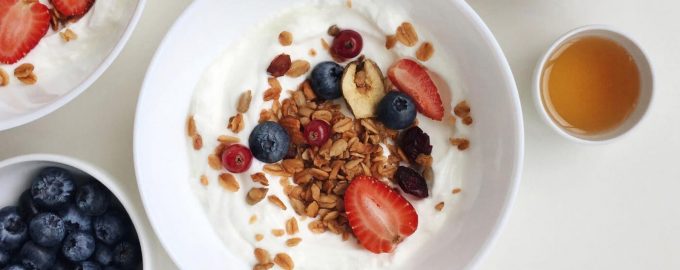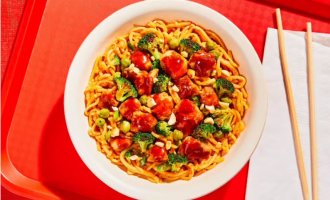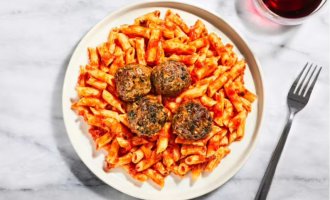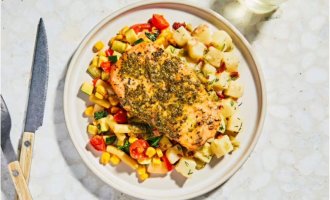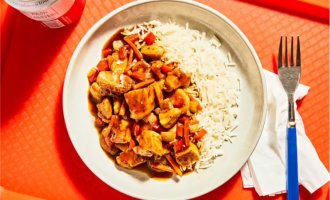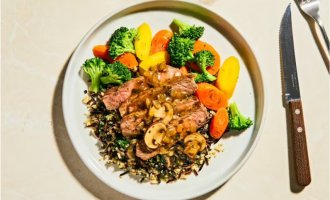Constantly counting down the minutes until your next meal? We feel you. But here’s the thing: If you’re always hungry, you may not be eating enough filling foods. We’re talking foods that are loaded with healthy fats, fiber, and protein—all of which help keep you feeling fuller longer.
To help curb those between-meal cravings, we talked to nutritionist Emily Navarro, RDN to find out which foods fill you up and still leave you feeling light. Here are her top filling foods:
What nutrients help you feel full?
The holy trifecta of feeling full? Fiber, protein and fat. Here’s why: Soluble fiber, in particular, is responsible for satiety. When consumed, it forms a gel-like substance that takes up space in your stomach, slowing down digestion and keeping you full. Good sources of soluble fiber include beans, oats, apples and citrus fruits. Protein also helps keep you feel full: One study published in the Journal of Academy Nutrition and Dietetics found that consuming more high-protein foods increases satiety.
And then there’s fat—specifically, healthy fats: there’s monounsaturated fats, such as avocado, almonds, olive oil and dark chocolate. One study found that foods high in MUFAs keep you full longer than foods with saturated fats, which may help prevent overeating. There’s polyunsaturated fats such as walnuts and tofu—they can serve a similar purpose.
And then there’s omega 3’s found in salmon and chia seeds, which are a type of polyunsaturated fats—boost overall heart by moderately increasing “good” HDL cholesterol levels, stabilizing plaque, and lowering triglyceride levels. When all three are paired together in a diet, it can help you stay fuller for longer.
Filling foods that will make you forget about the snack drawer
1. Greek Yogurt
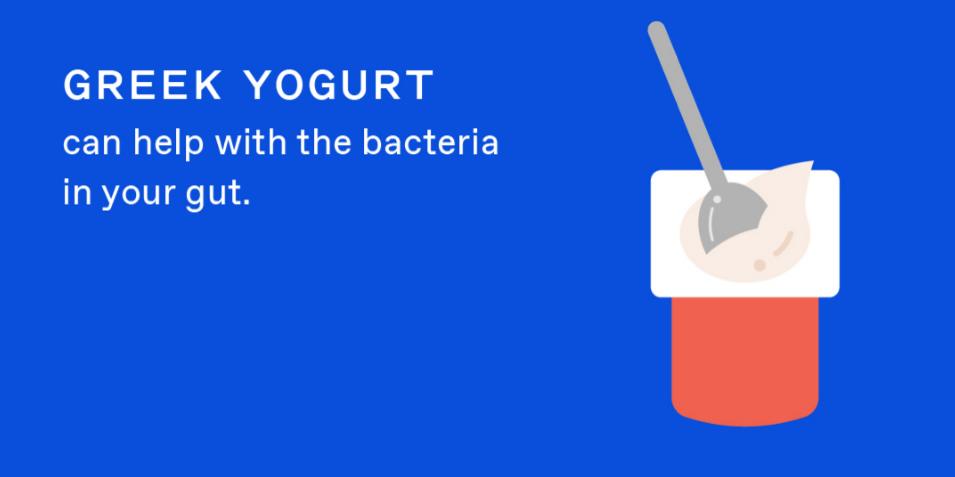
Instead of grabbing a carb-loaded bagel for breakfast, go for a bowl of Greek yogurt, which is loaded with filling protein—aim for one with no added sugar and over ten grams of protein. Since Greek yogurt is one of the top filling foods, it’s also worth getting to know how to use this ingredient in meals beyond breakfast.
A study published in the journal Appetite found that people who ate Greek yogurt with at least 24 grams of protein felt fuller longer and had reduced cravings compared to people who ate lower protein snacks.
The key is to pick a Greek yogurt that’s low in sugar—no more than 10 grams per serving, says Navarro. Even better: Go for plain yogurt and add flavor by topping with fruit like bananas, berries, or both!
2. Non-starchy veggies
Are starchy vegetables like white potatoes and corn filling? Yes. Do they also tend to be higher in carbs and calories? Also yes. That’s why we recommend filling up on non-starchy veggies. A Harvard study of over 100,000 people found that eating starchy vegetables (like corn, peas, and potatoes) was linked to more weight gain than consuming non-starchy veggies like cauliflower, broccoli, Brussels sprouts, and spinach.
Non-starchy veggies are composed of water and fiber, which means they help control hunger and give you that “I just ate a lot but feel so light” feeling. We love packing our Freshly meals with non-starchy veggies like cauliflower puree.
That said, remember: There’s no such thing as a “good” or “bad” vegetable. You can still eat starchy veggies like pumpkin and potatoes—just keep in mind that they contain more carbs and calories than non-starchy veggies, so eat them in moderation.
3. Salmon
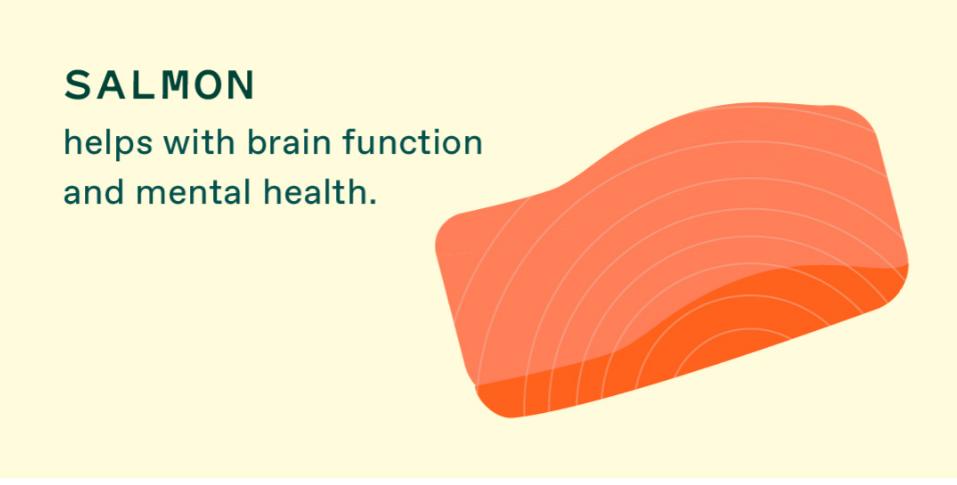
Salmon is well-known as a filling, weight loss-friendly food thanks to its high protein and omega-3 fatty acid content. Research in the European Journal of Clinical Nutrition even found that fish-eaters feel more full (and consume less food at their next meal) compared to beef-eaters. That’s saying something, since beef is loaded with protein.
For a super satiating meal, pair salmon with high-fiber veggies like artichokes, spinach, or broccoli.
4. Nuts and nut butters
A surefire way to satisfy cravings between meals? Grab a handful of nuts like walnuts or in-shell pistachios, which are loaded with healthy fats and protein (plus, shelling pistachios can help slow you down and prevent overeating).
Nut butter is also super satisfying—it’s so creamy and decadent that you don’t need a lot of it to feel full.
5. Beans
Beans are are a seriously filling food and a great way to “bulk” up meals. They also pack in nutrients that help with weight loss like protein, fiber, and complex carbs. Complex carbs break down slower in your body, so you’ll feel full longer.
Beans also rank low on the glycemic index, so they won’t turn your blood glucose levels upside down and will keep your cravings at bay, says Navarro. Our favorite kinds are black beans, which provide 15 grams of protein and fiber for every cup.
6. Oatmeal
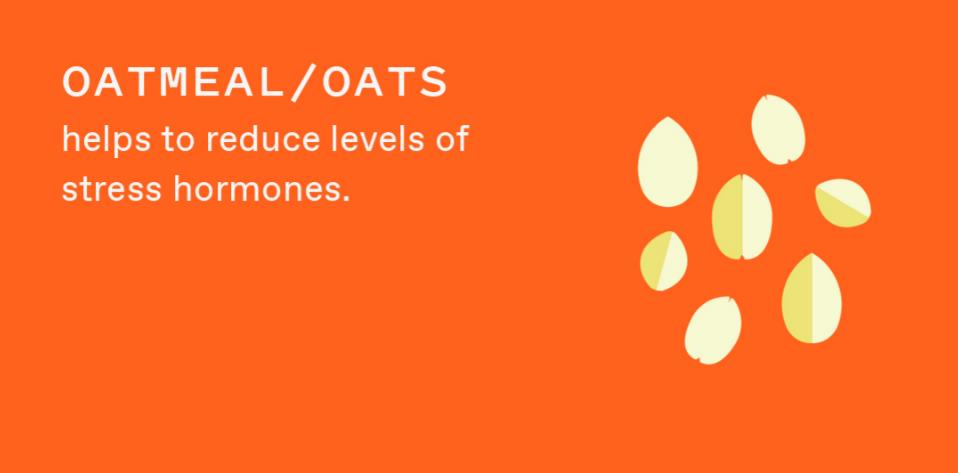
Oatmeal is a popular breakfast for a reason—it has a reputation for being a filling food that helps keep you full throughout the day. Oatmeal is a great source of fiber (4g per 1 cup serving), particularly a type of soluble fiber called beta-glucan, and it has 6g protein per 1 cup cooked (1 serving).
Research shows that the soluble fiber in oats, promotes the release of satiety (aka, fullness) hormones and delays the emptying of the stomach. In fact, research shows that people who ate oatmeal for breakfast instead of ready-to-eat cereal ate fewer calories at lunch.
Go for whole rolled oats, or steel cut oats instead of sweetened instant varieties (which have added sugar and are further processed, making them less filling).
How do you know when you’re really hungry
Of course, an empty stomach isn’t the only reason why we feel the urge to eat (if only it was that easy!) You may be thirsty, stressed, bored, sad, tired—all of these emotions can lead to feelings of hunger or cravings. We also have all types of emotional ties to food, from interpreting fried chicken as a form of comfort to associating ice cream with happiness.
The key is figuring out how to tap into your true hunger cues—because if you’re not really hungry, eating filling foods won’t satisfy you no matter what. Responding to these cues can also help you manage your weight: one Public Health Nutrition study of more than 1,600 middle-aged women, those who ate in response to hunger were more likely to be at a healthy weight compared to those who didn’t eat in response to their hunger cues. So how do you know if you’re really hungry? One way is to pay attention to what’s going on physically and emotionally—is your stomach growling? what is your mood like? Tuning into these sensations can help you determine whether you need to eat. Also try taking a quick break from whatever you’re doing and going for a quick 5 minute walk—this distracts you from whatever you were feeling and forces you to contemplate whether you’re truly hungry when you get back.
How do you start losing weight?
First you need to determine your daily calorie intake. Most of your energy is spent on bodily functions.
The Calorie Calculator for Weight Loss can help you determine how many calories you need to consume each day.
